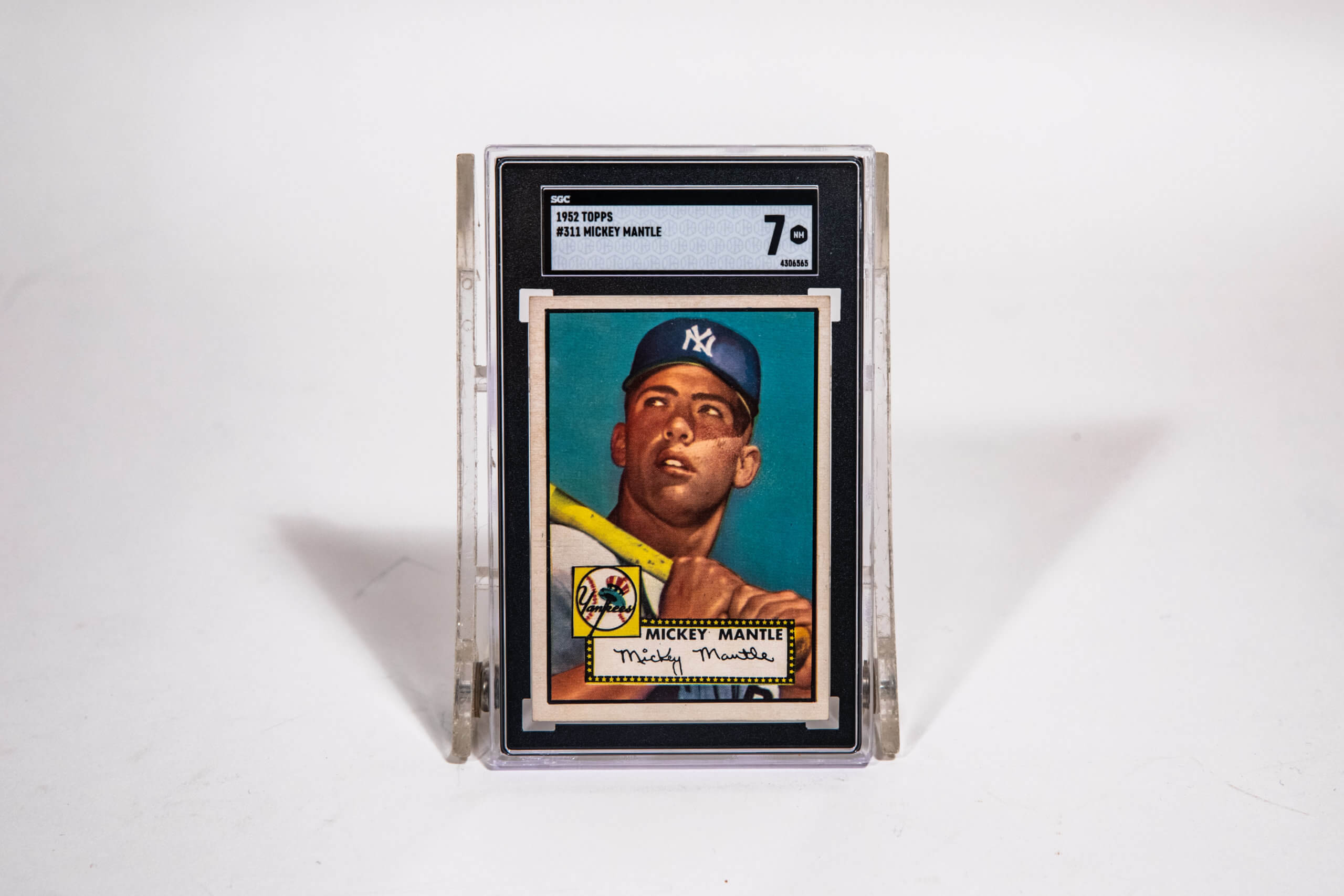Blog > Stories
Mutant Moneyball: A Data Driven Ultimate X-Men

Blog > Stories
Mutant Moneyball: A Data Driven Ultimate X-Men

When most people think of Moneyball, they think of Brad Pitt and Jonah Hill waxing statistical while building an elite baseball team on the cheap. Truth is, Moneyball, in its original form, is a book by Michael Lewis that, while well reflected in the Sorkin-penned film script, took it’s time in espousing the rise of one groundbreaking notion: that of actually using baseball statistics, statistics that had been recorded since the earliest days of the game mind you, and using them as the key strategy for building a collection of baseball players. From Lewis’ book:
“Baseball studies, previously an eccentric hobby, became formalized along the lines of an academic discipline. In one way it was an even more effective instrument of progress: all these exquisitely trained, brilliantly successful scientists and mathematicians were working for love, not money. And for a certain kind of hyperkinetic analytical, usually male mind there was no greater pleasure than searching for new truths about baseball. ‘Baseball is a soap opera that lends itself to probabilistic thinking,’ is how Dick Cramer described the pleasure.”
Lewis, Michael. Moneyball: The Art of Winning an Unfair Game. W. W. Norton & Company, 2003.
The article you are currently reading attempts to show that this idea from Lewis’ book is adaptable to a number of cultural industries, not just America’s game. Another of America’s great pastimes, the one that Batman film producer Micahael E. Uslan called, “…a legitimate American art form as indigenous to this country as jazz,” is comic books.
It’s no accident that the name of this piece is Mutant Moneyball, as the overall point is an exercise in valuing each individual character on the X-Men team in a variety of data driven ways. But buying, reading, and loving comic books should be purely for fun and the raw expression of devotion toward characters, art, and story. True: It’s a lesson we fans have failed to learn in the past. The trend of buying comics based on value speculation crippled the entire comic book industry for over a decade in the late 1990’s and early 2000’s. And the point of this isn’t to repeat those mistakes, it’s to gamify open and available financial data, giving us special insight, once unattainable, regarding our magnificent mutants. Like mature adults.
Why are some characters sought after more than others, what stories did some mighty mutants convey that made them sought after, while others that eek out a continued existence are unable to resonate enough with a fan base to garner the same kind of love and appreciation in the secondary market? Are there answers that a close reading of value data can offer?
Regardless, today we’re gonna party like it’s 1992 and jump headlong into using data analysis to draw quantitative conclusions about what might just make the ultimate X-Men team from a monetary perspective: Buckle up, true believers because this is:

FIND ALL THE DATA USED IN THIS ARTICLE HERE: https://github.com/EliCash82/moneyball More information and instructions are also included at the end of this piece.










